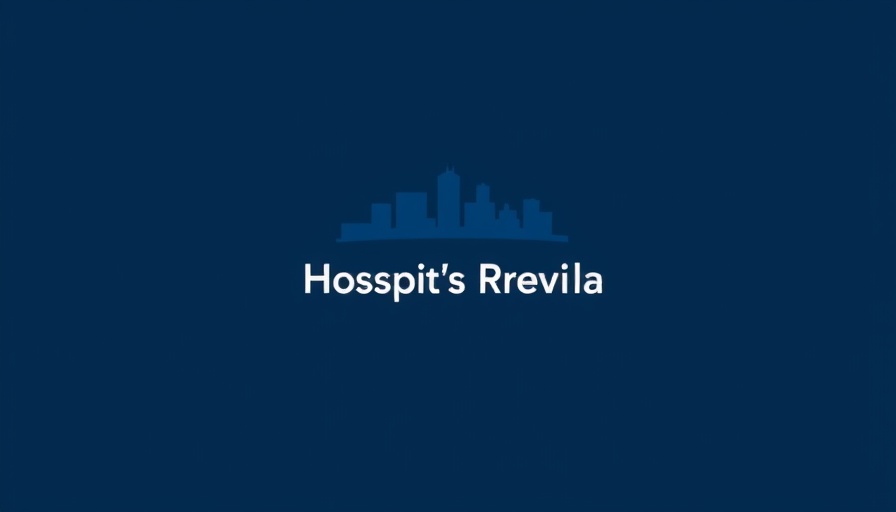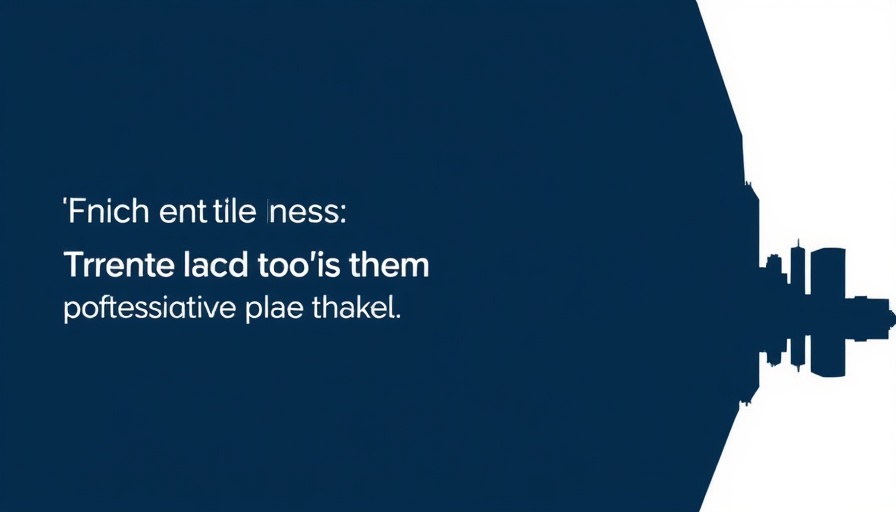
How UMass Transformed Its Radiology Workflow
Worcester, Mass.-based UMass Memorial Health Care recently revolutionized its radiology follow-up care workflow, leading to a remarkable increase of up to $1 million in annual margins. This significant shift underscores how better patient care and financial viability can go hand in hand, creating a motivational case for healthcare professionals and organizations alike.
The Importance of Follow-Up Care
In any healthcare environment, ensuring that patients receive appropriate follow-up care is critical. "For years, we’ve known about incidental findings in radiology - situations where unexpected results are found on scans performed for different reasons," said Dr. Eric Alper, vice president and chief clinical informatics officer at UMass. He emphasized that without proper follow-up, serious health issues could arise. Thus, managing follow-ups not only ensures patient safety but also promotes a sustainable financial model that contributes positively to revenue streams.
Implementing Lean Methodology for Efficiency
In response to inefficiencies experienced in their processes, the UMass team embraced Lean methodology. Stephanie Mayberg, senior director of system quality, highlighted that the team had to reevaluate their workflow, particularly regarding the vast number of patient findings. By addressing these inefficiencies, they not only boosted operational performance but also enhanced their ability to manage case volumes effectively. Notably, they increased their follow-up completion rates from 30% to 60%. This increase represents significant strides in patient care quality.
Automation and Technological Improvements Drive Change
Technology played a vital role in this transformative journey. One notable adjustment involved leasing a high-capacity letter folder and sealer that automated the process of mailing patient notification letters. Initially, folding and stuffing envelopes accounted for about half of one staff member's responsibilities, a burden that has now been eliminated with automation. This allows clinicians to devote more time to patient-centered care, showcasing how practice efficiency solutions can have dual benefits in both workflow optimization and enhanced patient engagement.
Outcomes: More Patients Served, Better Care Provided
The result? UMass has seen a notable increase in patient cases handled monthly, from 1,800 to 2,300, alongside a reduction in full-time staff from 8.5 to 5.4 positions. "This wasn’t an initiative to cut staff numbers, but to utilize our resources more effectively," Dr. Mayberg explained. "It allows us to reallocate FTEs to areas where they are most needed while still achieving our goals of increasing efficiency."
Future Implications for Healthcare Providers
The UMass experience offers a qualitative and quantitative case study for independent physicians, nurse practitioners, and healthcare organizations. As patient care continues to evolve with technology, embracing innovations such as remote therapeutic monitoring, practice automation, and patient engagement tools can not only streamline functions but also enhance overall care. Solutions like telehealth revenue and Medicare-backed services allow healthcare providers to focus on what matters most — patient outcomes.
Conclusion: A Call to Reinvent Healthcare Practices
It's clear that UMass's innovative approach to radiology follow-up care is a blueprint for success, combining increased safety with significant financial benefits. For healthcare workers and organizations seeking to maximize efficiency and improve care quality, embracing these lessons could be transformative. The ongoing evolution in healthcare presents ample opportunity for further advancements. Explore how adopting similar innovation strategies could steer your practice toward a brighter and more sustainable future in healthcare.
 Add Row
Add Row  Add
Add 




 Add Row
Add Row  Add
Add 

Write A Comment